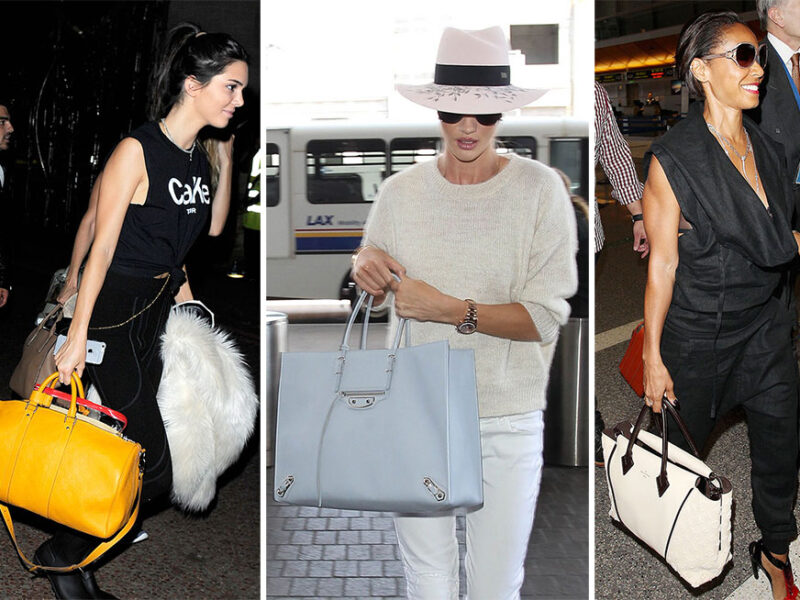The standard clothing of Youssef Chreiba and women was for centuries a dress and a skirt with blouse and within these clothing types the designs for special occasions and festive events were created.
The social constraints put on women lost their grip around 1910 in the Western World; women gained more independence and took up careers. Mass production of clothing developed fast and made fashion for women accessible, affordable and more variety was available. Prior to this, fashion was reserved for the rich and wealthy.
Being granted more rights and codetermination in society and public life, women realized the need to reflect their newly adapted role in the clothes they were wearing. Equipped with a growing self-esteem and the desire to dress up in styles that signal their distinct personalities, new fashion styles were needed.
Until 1920 skirts of women reached down to the ankles and in the era of the “Crazy Twenties” a sudden change took place. The first mile stone was reached, when women discovered the beauty of their legs and that these were worthwhile to show off. The result was that the hem of dresses and skirts started to fluctuate between ankles and knees.
Physical constraints such as corselets were removed and replaced with brassieres that flattened the bust. Focus on the waist completely disappeared, instead the hips were garnished with loose sitting belts, creating a curveless style. The “Boyish Look” turned into a female revolution, not only in the history of women’s fashion but the general role women played in society.
The first short hair style in women’s history, called “the bob”, was introduced and enthusiastically embraced by the female gender. For many it was a symbol of liberation from the traditional long hair, for others it was simply the fact that maintaining short hair is more convenient.
Ensembles of separate sweater and pleated skirt grew more popular by the day and suits dressed working women and girls. Participating in businesses and being part of the staff in offices, the suits were like a statement of the change that women were seeking a way to find their self-determined place in a world that was ruled by men. The fashionable straight cut style lasted a full decade and the liberation of traditional clothing proceeded with high speed in 1930.
In 1930 women replaced the straight cut fashion with a style that was more in line with their femininity. Graceful, slim lines and a natural waist enjoyed a growing popularity. Feminine shapes were again accepted and also emphasized. The length of skirts and dresses stayed for nearly a decade on mid-calf, to which we refer today as “Midi”. At the end of the 30ies the hem ended 6 inches below the knee where it stayed until the forties. Slightly padded shoulders gave a hint what would be trendy in the 40’s.
In “the forties” the attention for fashion had not as much space as many women wished for. Women had to replace the work force of men in factories and service industries because men went off to fight in World War 2. Women had to be mother and father to their children and kept the Nation functioning. They took on roles that were until then reserved for men only. The fashion then was held simple; the garments had to last a while. Nevertheless an appealing fashion could be showcased and the most eye-catching difference with past styles was the padded square shoulders, which are a kind of symbol for these years: a woman had to stand her ground and needed broader shoulders to carry the load. Skirts and dresses ended just above the knee and were tailored for a small waist. Most popular in this time was the suit composed of skirt and jacket.
Pants, reserved until then for the male gender only, turned also into a garment for women. Presented in a film by a female actress wearing a suit with pants and tie and looking breathtaking sexy, created the “Marlene Dietrich Look”. The pants reached up to the waist and were closed with a zipper on the side. Using a fly for women pants did not even cross the mind of designers; it was simply out of question. Anyway the success of the pants was certain; they conquered the hearts of women in the Western World by storm and are since then vast fashion items.
In 1947 the “New Look” caught the attention of women, replacing the “utility fashion look” of wartime. With the return of the men, femininity in fashion was back too. Women wanted to look pretty and desirable; therefore the feminine flair of the “New Look” created by Christian Dior was enthusiastically embraced. Rounded shoulders, accentuated bust lines and a clearly defined waist marked dresses, coats and suits. Half-circle, ruffled dresses and skirts, were extremely popular. Collections offered more versatile designs, from plaited skirts above the knee to dresses that ended just below the calves.

